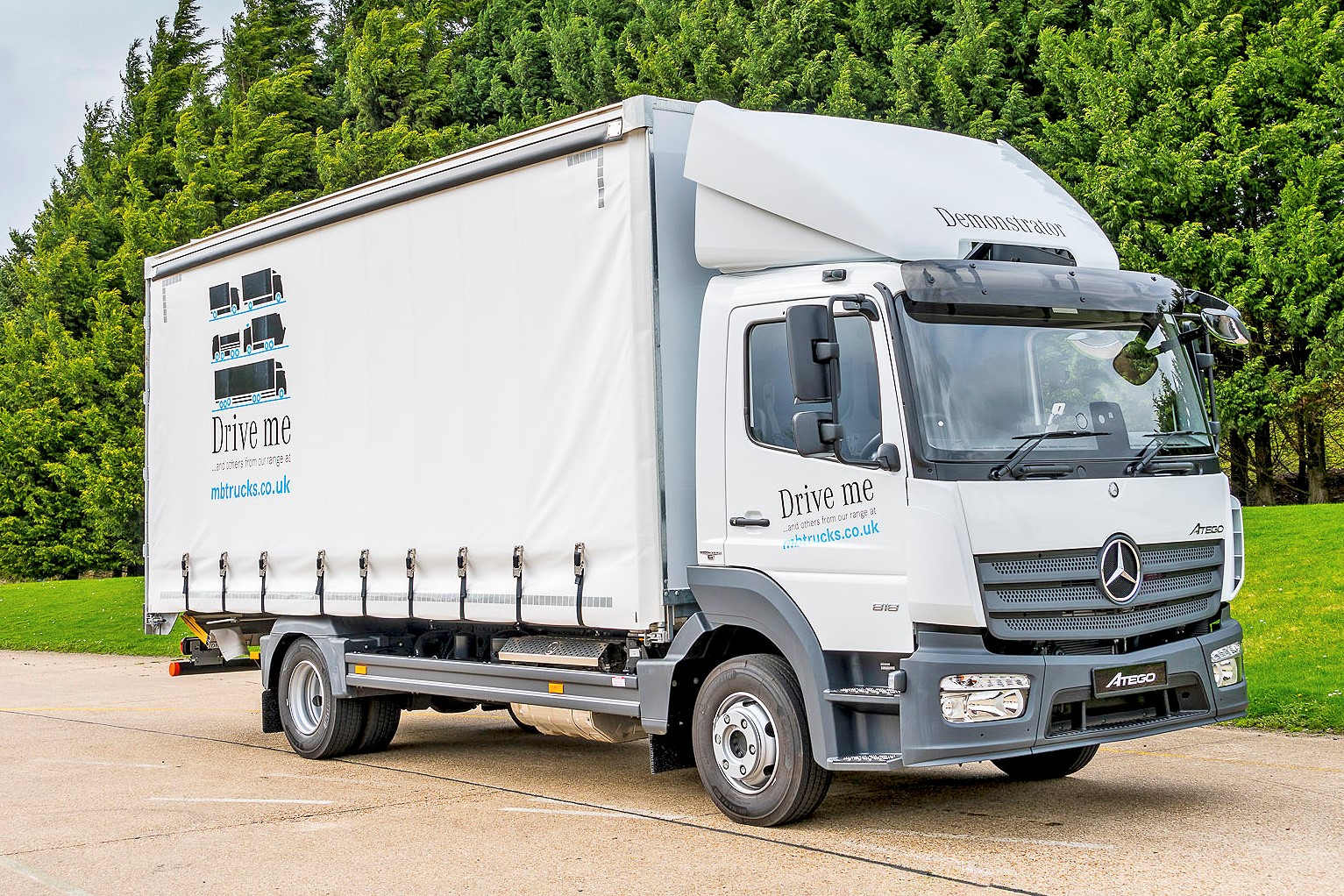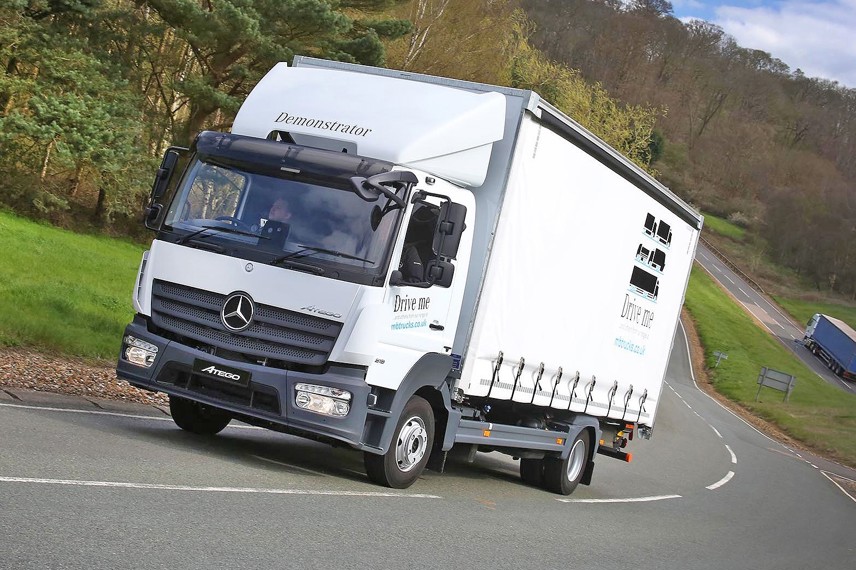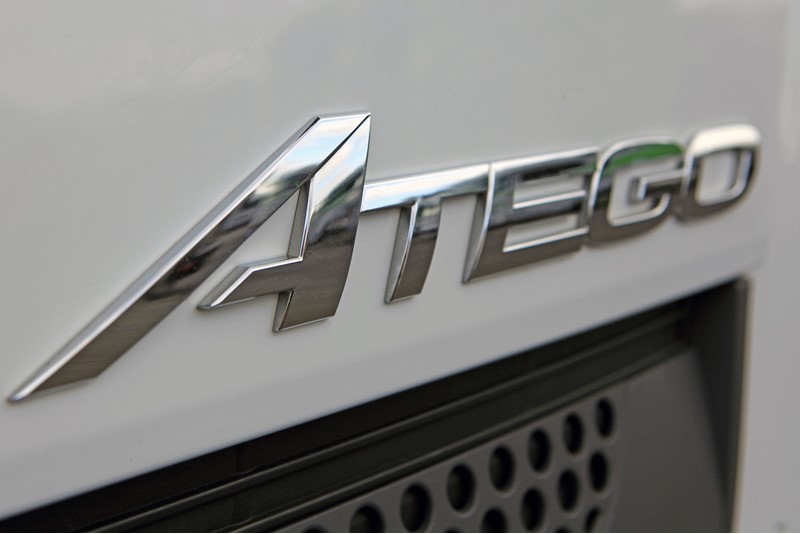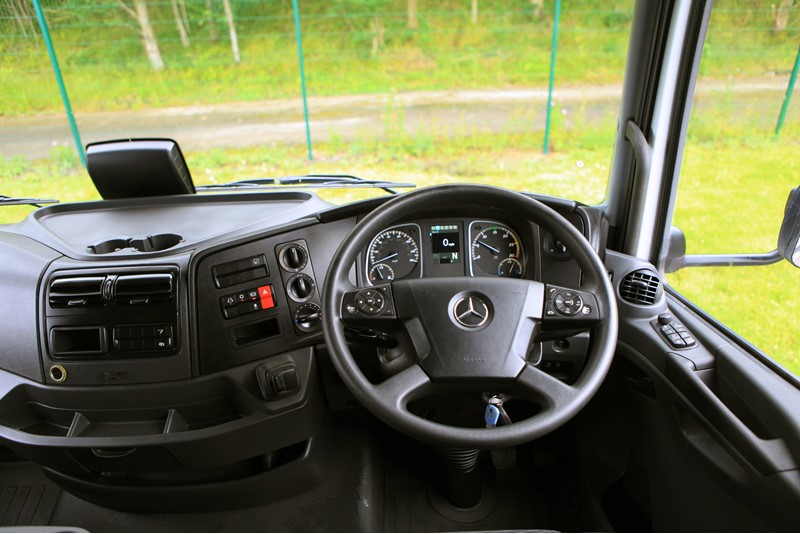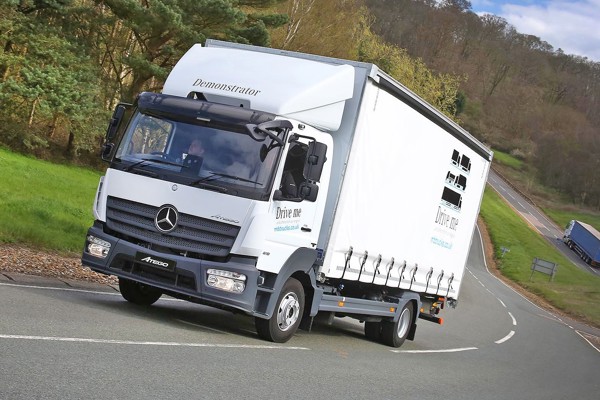Review
The world of 7.5 tonners has undergone a number of key changes over the last couple of decades resulting in a gradual decline in their numbers mainly due to the driver licencing changes and the introduction of the Driver CPC.
Having said that, the sector covering 7 to 7.5 tonnes remains a key traditional market and a dividing line in many people eyes between light and heavy trucks so products in this sector have “evolved”. Perhaps the most obvious example of this “morphing” is the very definite “dual” offerings provided by a couple of manufacturers, working alongside the emergence of “Asian” influenced lighter weight chassis. These are mainly driven by the payload squeeze witnessed in the higher kerbweights required by the introduction of increasingly sophisticated after treatment systems needed to pass the demanding euro emission standards.
Two great examples of the “Dual” offering are Mercedes-Benz (technically Daimler) and Iveco both have had a “traditional European” based product in the Atego and EuroCargo respectively and then have a more payload friendly offering in the guise of the Canter and Daily, you could also point to heavyweight Sprinters as an option in some instances.
Mercedes-Benz Atego
Taking the above into consideration it could be argued Atego’s biggest competition is its cousin the 7.5 tonne Canter but that’s not really the case as an operator is in most occasions either in the payload sensitive bracket or not.
The range
The Atego distribution range is primarily made up of four engine power variants covering from 158PS to 234PS on the OM934 engine and five wheelbases starting at a tipper based 3020mm to a very distribution friendly 4820mm. As far as driver comfort is concerned, there are in theory four cab types although in the distribution sector the “S” day, extended day and “L” sleeper cab are the realistic options.
For our road test we decided to look at one of the most popular variants the 818 4x2 with the Day cab (S cab in Mercedes speak) ClassicSpace on the back was a traditional 20 foot curtainsider from Cartwrights, with a Dhollandia 1 tonne tuck-away tail-lift providing the rear access.
Driveline
Powering the 818 is the familiar Mercedes-Benz OM934 5.1 litre Euro VI engine developing 179PS (130 kW) of power with 750 Nm of torque developed at a rev range between 1,200,1,600rpm, and behind the inline four cylinder engine is the in-house G70 six speed powershift three automated gearbox with an overdrive sixth gear.
Chassis
To fit the Cartwright 6.1 m Curtainsider body the 818 had a 4.22 m wheelbase chassis with a front axle plated to 3.8 tonne and rear axle at 5.7 tonne offering a considerably good chassis load tolerance within the 7.49 tonne gross vehicle weight.
The fuel tank was a single “plastic” 120 litre and adBlue was provided by a 25 litre tank.
The front axle has parabolic leaf springs with double acting shock absorbers and stabiliser with the rear axle having parabolic dual rate leaf springs as well as double acting shock absorbers and stabilisers.
Safety/Braking
The service brakes take the form of disc brakes (335mm dia) on the front and rear axles, with the standard dual circuit air system and a load sensing valve on the rear axle. An optional engine brake system is available
Cab
Of the three main distribution cab variants the lead in 2.3 m wide “S” cab was the one for our road test, and whilst a 2.3m cab looks narrow on a 44 tonner, it looks decidedly wide on a 7.5 tonner. As with most “German” based automotive products the base specification can be seen as a little “mean” but our trucks had all the niceties you want for and more. The interior options included air conditioning, CD radio with Bluetooth, driver's airbag, driver's suspension comfort seat and remote central locking. On the exterior there was a factory-fitted air deflector, LED light pack and reverse warning system.
On the road
While climbing into the Atego is a little higher than their Japanese cousins, once inside the climb is worthwhile as the suspended driver’s seat and the actual padded seat cushion provide a very comfortable driving experience. There’s a multifunctional steering wheel in front of the driver with controls for the central LCD screen on the left and the right side are for the cruise controls.
The instrument panel has a traditional look to it, a “classic” look according the Mercedes, with the right hand dials for the revs and adBlue levels whilst the left covers the speed and fuel levels.
The semi-wrapround dash offers, in theory, cross cab access although wanting to cross the cab on a regular basis would require you to be somewhat of an accomplished contortionist, but that’s the inevitability of a semi-wrapround dash.
Visibility is surprisingly good, and I mean this in comparison to the low entry Japanese style cab, for a big cab its good, and the cab itself feels more like a big truck cab rather than a large van cab.
Starting up the 5.1 litre engine is via turning a traditional key, unusual in this modern environment of keyless entry etc, and flicking the left stalk forward selects “D” for drive and away we go.
The rev counter has green “economy” zone from 1,100 rpm to 1,800 rpm which covers the whole maximum torque band helping the drivability as well as the economy, speaking of economy, the engine brake is one of the most effective, if not noisy, I have ever come across.
Summary
The Atego is not the lightest or compact distribution truck on the market, if you need that look else where but should you want a comfortable, quiet and reliable “point to point” truck for urban delivery jobs with a low level of drops then it’s definitely worth a look.
Warranty
12-month bumper-to-bumper unlimited mileage warranty and a second and third year driveline (engine, gearbox, propshaft and axle) warranty up to 250,000km
